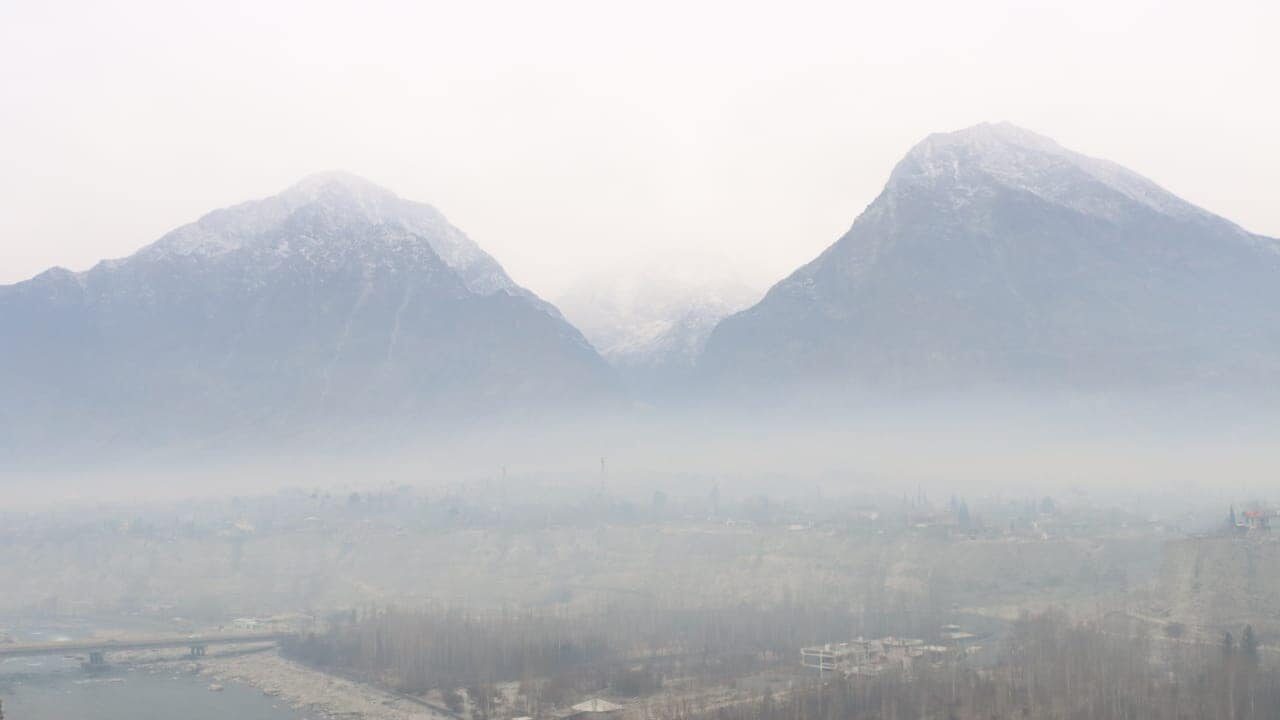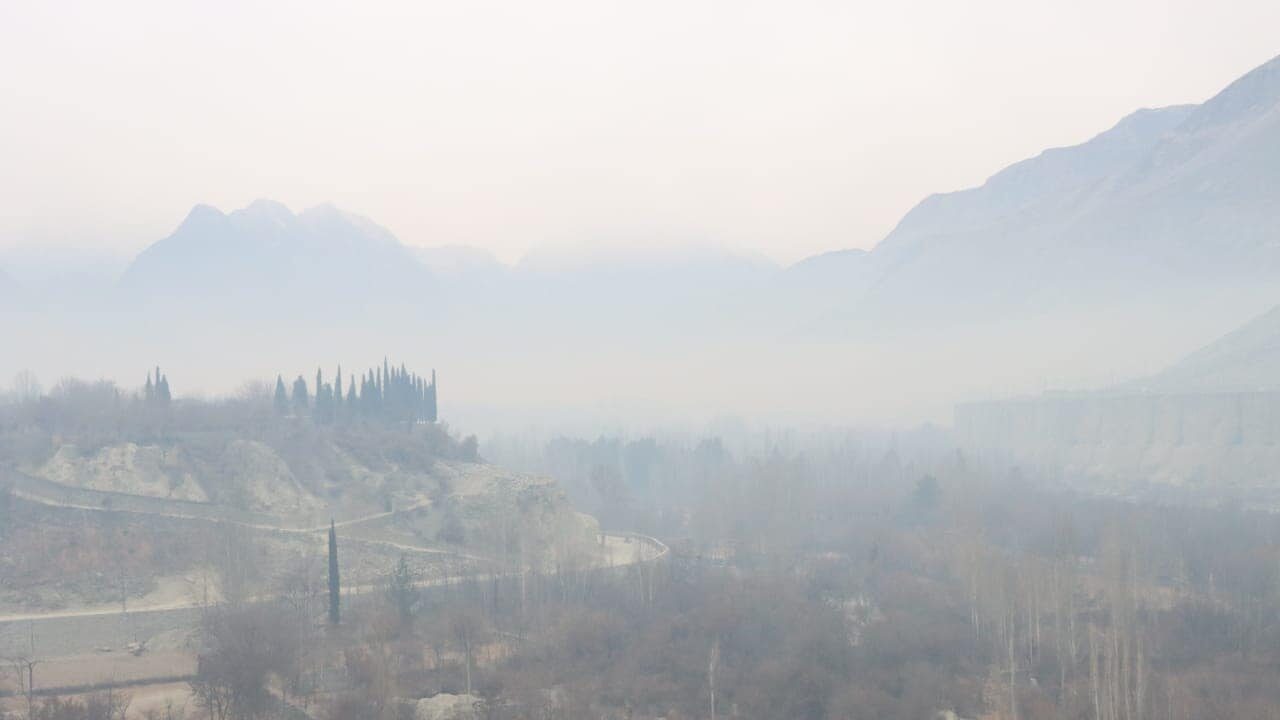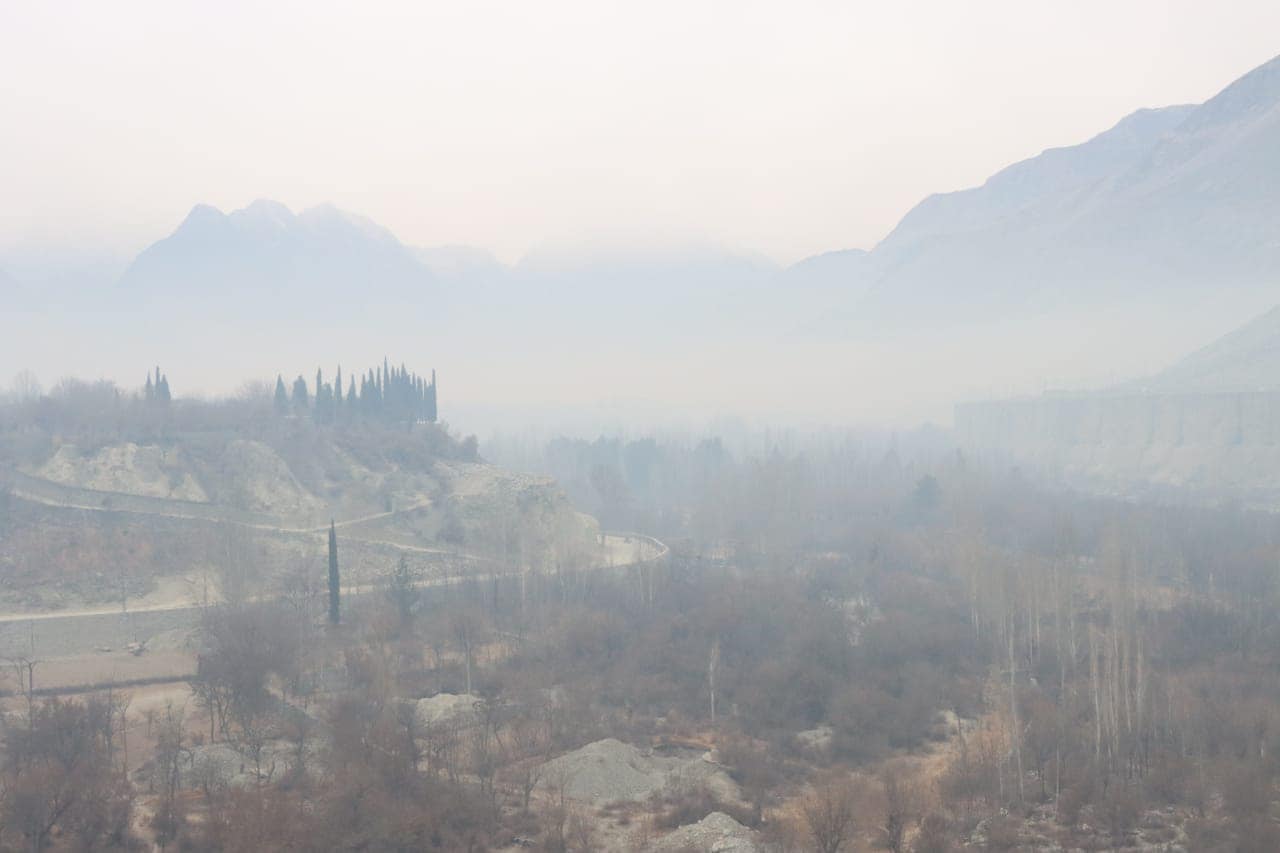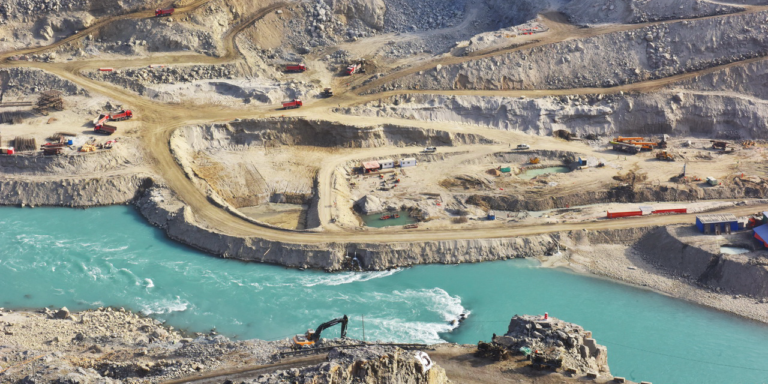Smog, a harmful mixture of air pollutants like particulate matter (PM2.5) and ground-level ozone, poses a serious threat to health and the environment. Globally, smog is most common in densely populated urban areas with high levels of industrial activity and vehicle emissions. Regions like Beijing, Los Angeles, and Delhi have implemented measures such as strict emission standards, promotion of electric vehicles, and industrial regulations to combat it effectively.
In Gilgit-Baltistan, however, smog emerges from a unique combination of factors: reliance on low-quality fuels for heating, limited access to clean energy, and geographical features that trap pollutants in valleys. Unlike global metropolitan areas with robust resources, mitigation efforts in Gilgit-Baltistan are limited due to economic constraints and lack of awareness. Addressing smog here requires tailored solutions like improving energy infrastructure, promoting cleaner fuels, and integrating community-based approaches to reduce air pollution. Globally tested strategies, such as adopting renewable energy and enforcing stricter air quality standards, could also benefit the region if adapted to its specific needs.

Causes of Smog in Gilgit-Baltistan
Gilgit-Baltistan, renowned for its pristine environment and breathtaking landscapes, is increasingly grappling with the issue of smog, particularly during the harsh winter months. The primary contributors to this environmental challenge are rooted in both human activities and the region’s unique geographical and climatic conditions.
One major factor is the burning of low-quality fuels, such as wood, coal, and plastic, for heating and cooking purposes. This practice is prevalent due to limited access to affordable, cleaner energy sources. These fuels emit significant amounts of particulate matter (PM2.5) and toxic gases like carbon monoxide (CO), which contribute to the formation of smog.
Another critical cause is the limited electricity supply in the region. During winter, electricity is often available for only a few hours a day, forcing residents to rely on generators and kerosene heaters. These devices release high levels of pollutants, exacerbating air quality issues.
The region’s geography and climate also play a pivotal role. The mountainous terrain and valley structures trap air pollutants, preventing them from dispersing. Additionally, during winter, temperature inversion occurs, where warm air overlays cooler air, trapping pollutants close to the ground and intensifying smog.
Lastly, urbanization and population growth have led to increased vehicular emissions and industrial activities, further worsening air quality. Combined, these factors are creating a significant environmental and public health crisis in Gilgit-Baltistan.
Burning of Low-Quality Fuels
The use of low-quality fuels, such as wood, tires, coal, and plastic, is one of the leading causes of smog in Gilgit-Baltistan. This practice stems from a lack of access to affordable and sustainable energy sources, particularly during the harsh winters when heating is essential. Burning these materials releases harmful pollutants like carbon monoxide (CO), particulate matter (PM2.5), and sulfur dioxide (SO₂), contributing significantly to the degradation of air quality.
Communities often resort to these options due to economic constraints and the absence of proper waste management systems, which might otherwise divert waste materials from being burned. Raising awareness and introducing alternative energy solutions, such as clean-burning stoves and fuels, can help reduce this practice.
Limited Electricity Supply
Electricity shortages in Gilgit-Baltistan exacerbate the smog issue. Residents typically have access to only 2-3 hours of electricity daily, especially during the winter. This forces people to rely on generators, kerosene heaters, and other high-emission alternatives to meet their energy needs. These methods release significant amounts of black carbon and greenhouse gases into the atmosphere.
Investing in renewable energy sources, such as hydroelectric, solar, and wind power, could provide consistent electricity while minimizing dependence on polluting alternatives. Government and private sector partnerships are crucial to achieving this goal.
Geographical and Climatic Factors
Gilgit-Baltistan’s mountainous terrain and cold climate are natural contributors to smog formation. The region’s valleys trap air pollutants, preventing their dispersion into the atmosphere. During winter, a phenomenon known as temperature inversion occurs, where warm air overlays cooler air, trapping pollutants close to the ground.
These geographic and climatic factors intensify smog, particularly in areas with high population densities or where burning fuels is common. Improving urban planning and introducing vegetation to act as natural air filters can mitigate these effects to some extent.
Health Impacts
Smog has far-reaching consequences for public health in Gilgit-Baltistan. Among the most common health issues are respiratory ailments, including asthma, bronchitis, and lung infections. Long-term exposure to pollutants can also lead to chronic conditions such as cardiovascular diseases and weakened immune systems.
Children, the elderly, and individuals with pre-existing health conditions are particularly vulnerable. Eye irritation, skin allergies, and headaches are additional problems caused by prolonged exposure to polluted air. Comprehensive public health campaigns and improved access to healthcare facilities can help communities cope with these health challenges.
Environmental Consequences
The impact of smog on Gilgit-Baltistan’s environment is profound. High levels of air pollution reduce photosynthesis in plants, damaging crops and forests. Pollutants settle into soil and water, disrupting ecosystems and contaminating water sources.
This environmental degradation not only threatens biodiversity but also undermines the region’s natural beauty, which is a cornerstone of its tourism industry. Reforestation, stricter pollution controls, and sustainable agricultural practices can address these environmental challenges.

Economic Implications
Smog imposes significant economic costs on Gilgit-Baltistan. The rise in pollution-related illnesses leads to increased medical expenses for families and strains public health infrastructure. Reduced agricultural yields due to air pollution threaten the livelihoods of farmers, while decreased tourism revenues result from the region’s deteriorating environment.
Moreover, delays in transportation caused by reduced visibility during smoggy periods can hinder trade and local economic activities. Implementing cost-effective measures to reduce smog can alleviate these economic burdens while fostering sustainable development.
Current Mitigation Efforts
Various efforts are being undertaken to address smog in Gilgit-Baltistan, but these remain in early stages. Community awareness programs aim to educate residents about the dangers of burning hazardous materials and the importance of cleaner energy alternatives. NGOs and environmental organizations are advocating for sustainable energy solutions and better waste management practices.
However, these initiatives require stronger governmental support, funding, and public participation to be effective. Scaling up these efforts through policies and subsidies can accelerate progress in mitigating smog.
Recommendations for Sustainable Solutions
- Renewable Energy Investments: Develop and expand renewable energy sources like hydroelectric power, solar panels, and wind turbines to reduce reliance on polluting fuels.
- Waste Management Systems: Implement organized waste disposal and recycling systems to minimize the burning of harmful materials.
- Clean Cooking Technologies: Promote energy-efficient stoves and heating systems that use clean fuels, reducing indoor and outdoor air pollution.
- Urban Planning and Afforestation: Incorporate green spaces and tree plantations into urban areas to naturally filter air pollutants and improve overall air quality.
- Policy and Regulation: Enforce stricter regulations on emissions from industries, vehicles, and households to limit pollutant output.
- Health Interventions: Provide accessible healthcare services to address smog-related illnesses and conduct regular air quality monitoring to inform policy decisions.
Conclusion
The emergence of smog in Gilgit-Baltistan highlights the urgency of addressing air pollution to safeguard public health, preserve the environment, and ensure sustainable development. While geographical and economic challenges exist, a combination of community-driven initiatives, government interventions, and technological advancements can effectively combat smog. By taking proactive measures today, Gilgit-Baltistan can protect its pristine environment and secure a healthier future for its residents.




